Description
hardware flow control. It is an ideal choice in the field of industrial automation.
Design of ABB industrial robot deburring and grinding workstation based on RobotStudio simulation software
introduction
As an official offline programming software for ABB robots, Robotstudio not only has powerful simulation and offline programming functions, but also has automatic path generation
function and simulation monitoring collision function. It can realize the simulation of robots in real scenes, so as to timely update existing robot programs. optimize. On-site teaching
programming will affect normal production activities on site.
The application of Robotstudio software offline programming can reduce on-site teaching and programming time.
As a traditional process of mechanical processing, deburring and grinding have a wide range of applications. However, for a long time, in the process of manual deburring
and polishing, there have been differences in operations between workers. The manual operation is not repeatable and the deburring effect is unstable, which has seriously
affected the surface quality and service life of the finished product; and the working environment There is a large amount of dust floating in the air and the conditions are harsh,
seriously endangering the physical and mental health of workers. With the proposal of “Made in China 2025”, intelligent manufacturing production has become an
important development direction for the transformation and upgrading of the future manufacturing industry. The use of industrial robot automated production lines for repetitive
batch processing operations can not only greatly improve production efficiency, but also greatly improve product quality. Yield and production stability. Therefore, before designing
the robot polishing program, if the shape, size and polishing amount of the workpiece to be polished are known, the robot offline program can be written on the
Robotstudio software according to the existing conditions, thereby improving the efficiency of on-site programming.
1Design task description
This task is to create a new simulation workstation in ABB robot simulation software Robotstudio. The corresponding training equipment in reality is the Yalong
YL-l360A industrial robot deburring and grinding system control and application equipment. The industrial robot selection and method of the simulation workstation are
The grinding head installed on the blue plate refers to the Yalong YL-l360A industrial robot deburring and grinding system control and application equipment, and the
workpiece is customized. The ABB industrial robot deburring and
grinding workstation simulation training process includes: creating a workstation, setting up tools, creating smart components, creating tool coordinate systems,
creating trajectories, programming, simulation design, and verification.
2 Task implementation
2.1 Create a workstation
Import the robot: First, create a new simulation workstation in the Robotstudio software. The workstation name is self-named, and then import the
corresponding industrial robot IRB1410. The robot position remains unchanged by default. Create a robot system, modify the system options, check 709-1D
eviceNetMaster/s1ave, select Chinese as the language, and leave the other options unchanged by default, then click Confirm to create the robot system
After the robot system is created, hide the industrial robot IRB1410 to facilitate subsequent workstation operations.
Import workpiece: The workpiece here is customized, and the corresponding workpiece is selected according to the actual situation on site. This article
uses the original workpiece Curvet in Robotstudio software. After importing it into the workstation, according to the reachable range of the robot, just place the
workpiece at a suitable location within the reachable range of the robot, as shown in Figure 1.
Import the grinding rotor tool: First, create a new grinding rotor tool component – rotor – copy (2) and rotor – copy (2) in the so1idworks 3D software. The
rotor – copy (2) is a rotatable grinding rotor. —The copy is the tool body, which is the grinding rotor frame, and is installed on the robot flange, as shown in Figure 2.
2.2 Setting tools
First, move the rotatable grinding rotor and the tool body to the local origin based on point A, and adjust the initial tool angle so that the grinding rotor is
parallel to the x-axis of the geodetic coordinate system, as shown in Figure 3. Set the local origin of the tool body at this time, change the position x, y,: to 0, 0, 0, and change the direction x, y,: to 0, 0, 0.
Figure 3 Tool settings
Create a new frame at point B of the tool body, name it “frame l”, and adjust the direction of frame l so that the axis is perpendicular to the
plane of point B. The specific direction is shown in Figure 4.
Display operation panel SDCS-COM-8
Display operation panel SDCS-AMC-DC2
Display operation panel SD853
Display operation panel SD853
Display operation panel SD834 3BSC610067R1
Display operation panel SD834
Display operation panel SD834
Display operation panel SD833 3BSC610066R1
Display operation panel SD833
Display operation panel SD833
Display operation panel SD832
Display operation panel SD832
Display operation panel SD831
Display operation panel SD831
Display operation panel SD831
Display operation panel SD823
Display operation panel SD822Z
Display operation panel SD822
Display operation panel SD821
Display operation panel SD821
Display operation panel SD812V1
Display operation panel SD812F-Z
Display operation panel SD812F 3BDH000014R1
Display operation panel SD812F
Display operation panel SD812F
Display operation panel SD812F
Display operation panel SD802F
Display operation panel SD802F
Display operation panel SD2048DL
Display operation panel SD1024D-2-S
Display operation panel SCYC55830 58063282A
Display operation panel SCYC55830
Display operation panel SCYC55830
Display operation panel SCYC51090 58053899E
Display operation panel SCYC51040 58052680E
Display operation panel SCYC51020 58052582H
Display operation panel SCYC51020 58052582G
Display operation panel SCYC51020
Display operation panel SCYC51010 58052515G
Display operation panel SCYC51010
Display operation panel SCC-CEL3020
Display operation panel SCC-C
Display operation panel SCB-01 3HNA011334-001
Display operation panel SC610 3BSE001552R1
Display operation panel SC610 3BSE001552R1
Display operation panel SC610
Display operation panel SC540 3BSE006096R1
Display operation panel SC520M 3BSE016237R1
Display operation panel SC520 3BSE003816R1
Display operation panel SC513
Display operation panel SC513
Display operation panel SC510 3BSE003832R1
Display operation panel SC510
Display operation panel SB822 3BSE018172R1
Display operation panel SB822
Display operation panel SB822
Display operation panel SB821
Display operation panel SB808F
Display operation panel SB808F
Display operation panel SB512
Display operation panel SB512
Display operation panel SB510 3BSE000860R1
Display operation panel SB510
Display operation panel SB510
Display operation panel SAM3.0
Display operation panel SAFT164
Display operation panel SAFT-123-PAC
Display operation panel SAFT112POW
Display operation panel SAFT111POW
Display operation panel SAFT110
Display operation panel SAFT110
Display operation panel SAFT103
Display operation panel SAFT103
Display operation panel SA9923A-E
Display operation panel SA9923A-E
Display operation panel SA920S
Display operation panel SA920N
Display operation panel SA920N
Display operation panel SA920B
Display operation panel SA911S
Display operation panel SA911N
Display operation panel SA911B
Display operation panel SA910S
Display operation panel SA811F-Z
Display operation panel SA811F 3BDH000013R1
Display operation panel SA811F
Display operation panel SA811F
Display operation panel SA811F
Display operation panel SA802F
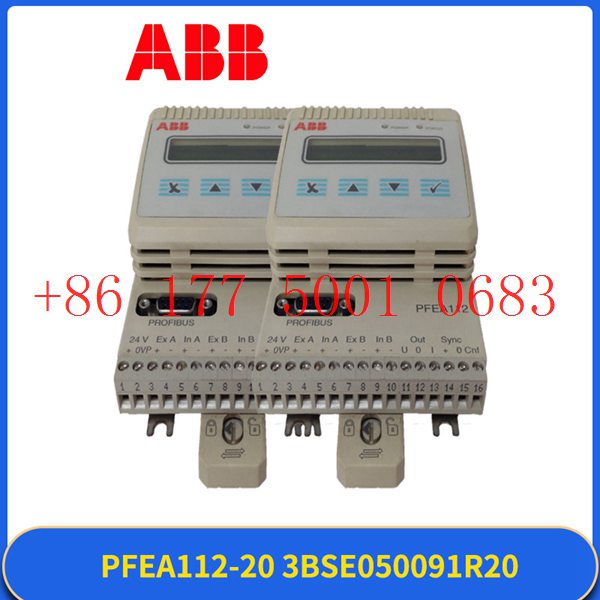
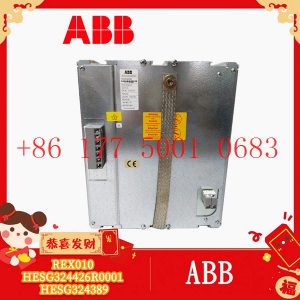
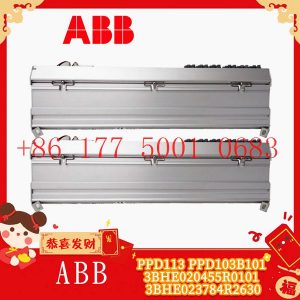
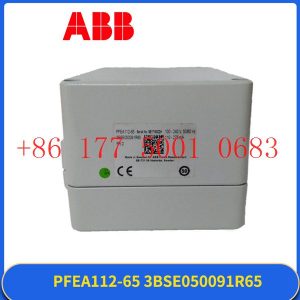
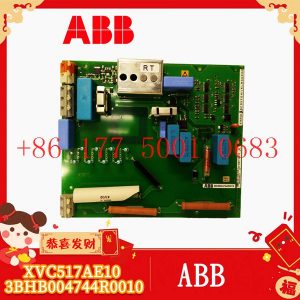


Reviews
There are no reviews yet.